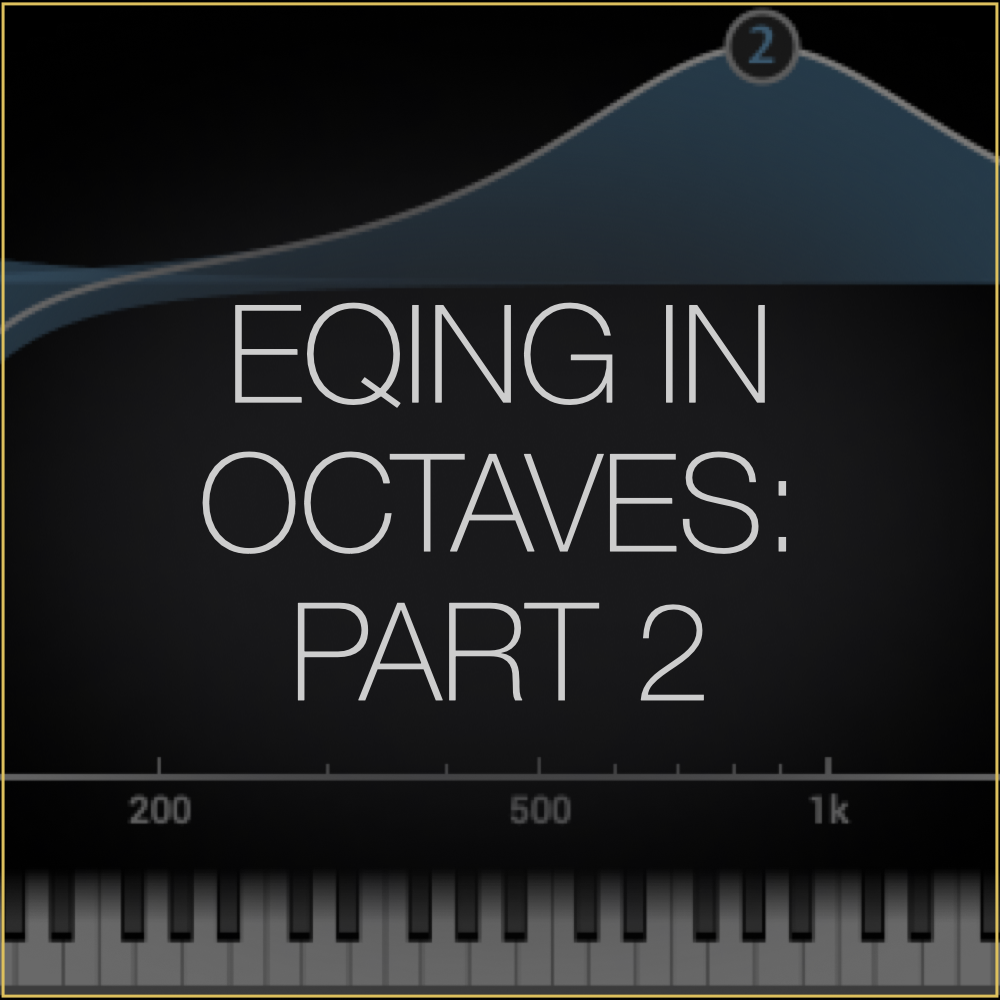Creating Mixes That Translate on Any System
In our recent emails, we explored how to simplify equalization by working with octaves. If you missed them, you can check out the full breakdown here, where I go through all 10 octaves and share practical tips for approaching each one. But EQ decisions aren’t just technical—they’re shaped by how we hear sound, how listeners interpret it, and our own personal preferences. Balancing these three factors is key to crafting a well-rounded mix, yet it’s often one of the biggest challenges in mixing and mastering.
There are three key auditory factors that influence a mix and how it translates to consumer systems:
1) Studio Playback System
2) Consumer Playback Systems
3) Perceptual Preferences
If we to simplified studio monitoring to its most basic elements, we could plot it on a bell curve. At the top of the curve is an ideal, perfectly tuned studio and playback system—a system where the speakers are perfectly balanced, and the sound reproduction aligns with how society perceives sound as balanced (i.e. no perceptual preferences). While this is a lofty goal, it’s what we strive for. Below is a bell curve representing a perfectly balanced studio playback system.
In reality, studio setups are often plagued by room acoustics, poor speaker design, or improper speaker placement. These factors can skew the sound of our studio, resulting in a system that is either bass-heavy, overly bright, or aggressive. While the reality of how we perceive sound is much more complex, for this discussion, we’ll keep the concept of a playback system simple.
The goal is to achieve a balanced system that helps you create mixes that translate to consumer playback systems. The above bell curve shows a balanced system that is neither too bright causing you to make mixes that are too bass heavy, or too bass heavy causing you to make mixes that are too bright.
By creating a mixing or mastering room as close to the center of the bell curve as possible we have the best chance of attaining decent translation anywhere on the consumer playback system bell curve.
Consumer preferences are shaped by both physiological and cultural factors. Listeners who favor bass-heavy music often build playback systems that overly amplify low frequencies—sacrificing the balanced reference of the studio system the record was mixed on. The rise of Jamaican sound systems in the late ’60s and early ’70s is a classic example of culturally driven playback aesthetics that intentionally skew tonal balance. That trend continues today in car audio culture and club systems where bass is pushed to match listener expectations.
On the physiological side, hearing changes naturally with age. Younger listeners and engineers often lean toward bass-forward systems, while older listeners—who may lose sensitivity in the high end—sometimes prefer brighter mixes and playback chains.
In the end, perceptual preferences are reflected in the listening systems people build for themselves.
USING PLAYBACK EQ TO OFFSET PERCEPTUAL PREFERENCES
As mixing and mastering engineers, we need to focus on two primary factors: the acoustical characteristics of our studio setup (including both the speakers and the room) and our own perceptual preferences. Just as consumer preferences influence how music is experienced through their playback systems, our perceptual preferences also shape our mixing decisions and studio setups.
Personally, I prefer mixes with deeper, louder bass. But I’m aware of that bias and actively compensate for it. For example, I use playback EQ to boost the low end in my room by about 2dB. For those who don’t know, playback EQ is an EQ setting applied only to your monitoring system—it doesn’t get printed into your mix.
This way, when a mix or master sounds balanced to me in my room, the low-end boost is actually counteracting my own preference for more bass. It might make my room sound a bit bass-heavy to others, but not to me and since the EQ adjustment isn’t baked into the mix, the end result is still balanced.
Basically, I’m tricking myself into not pushing the low end too far.
Our goal is to first create a balanced studio environment at the top of the bell curve, then adjust our playback system to compensate for perceptual preferences. That way, our mixes translate well across the diverse world of consumer playback systems.
Consumers often modify their setups—whether it’s cranking up the bass on a home stereo or installing massive subwoofers in a car. While we can’t control how they listen, we can optimize our studio playback systems to be as balanced as possible. By fine-tuning our systems to the top of the bell curve and then adjusting for our own personal preferences, we can create mixes that hold up across a wider range of consumer playback systems.
The first step is building a balanced playback system through speaker selection, room acoustics, room correction systems and playback EQ. Once that’s in place, it’s important to honestly assess personal listening preferences. Some engineers shape their playback preferences through speaker choice, while others tweak playback EQ and room correction systems to match their taste.
Over the years, I’ve relied on trusted client feedback to uncover preferences in my playback system and listening habits. While individual comments shouldn’t drive every change, consistent patterns in feedback signal when adjustments are needed to your playback EQ and/or playback system. Over time, I’ve refined my room and playback EQ to the point where mix notes are rarely about balance—just stylistic choices.
Sometimes, the right pair of speakers in a well-treated room can hit that perfect balance without playback EQ—but I haven’t been that lucky. Consistently cranking out well-balanced mixes and masters takes ongoing, careful tuning of your playback system. By addressing both your system's imbalance and your own personal preferences, you'll have a much better shot at getting your studio at the top of the bell curve, so your mixes translate on any consumer systems.
Have questions? Just hit reply, and we’ll get back to you. You can also tag us on instagram—we’re always happy to connect!
Be well,
Ryan Schwabe
Grammy-nominated and multi-platinum mixing & mastering engineer
Founder of Schwabe Digital


















